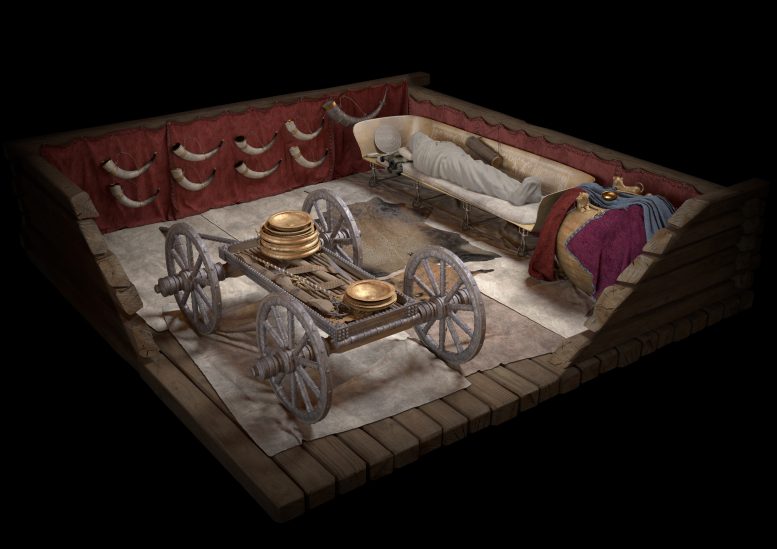
Genetic studies of Celtic burial mounds dating back to 500 BCE uncover close kinships and offer fresh perspectives on the social hierarchies of ancient Celtic nobility.
The Fürstengräber burial mounds at Eberdingen-Hochdorf and Asperg-Grafenbühl, which are among the most opulent burials in German prehistory featuring gold artifacts and intricate bronze vessels, have been the subject of recent genetic analysis. This analysis revealed that the two princes interred approximately 10 kilometers apart were closely related biologically.
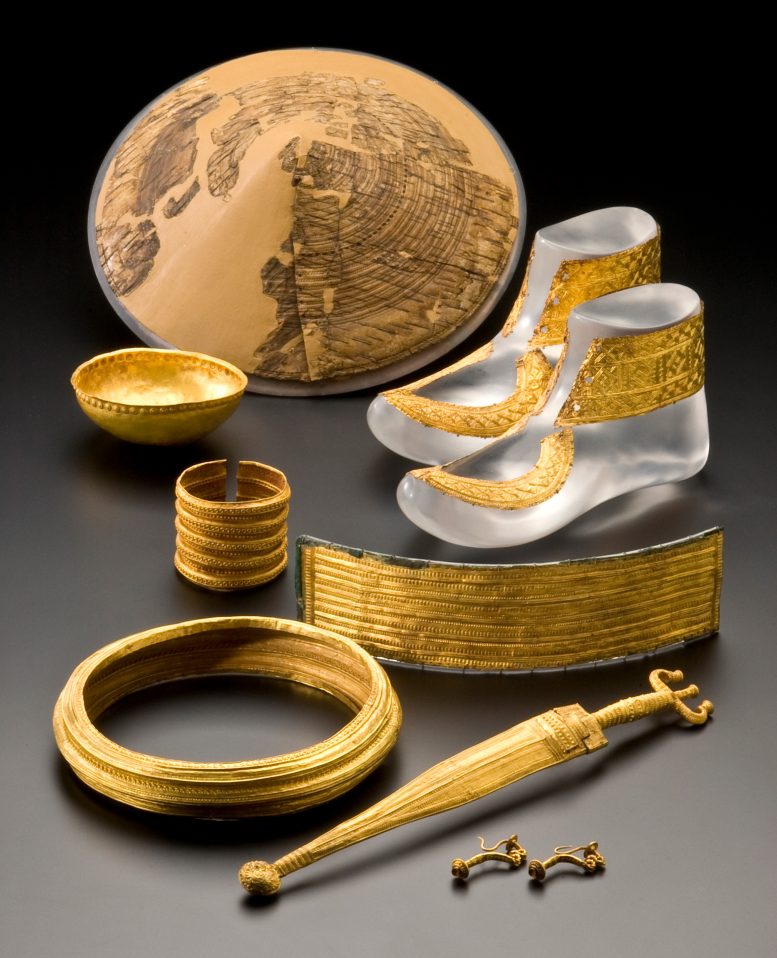
“It has long been suspected that the two princes from the burial mounds in Eberdingen-Hochdorf and Asperg ‘Grafenbühl‘ were related,” says Dirk Krausse of the State Office for the Preservation of Historical Monuments, “but only now has this assumption been confirmed by the new analyses.“
For the current analyses, teeth and skull bones of the inner ear were sampled at the MPI-EVA using the latest methods, and the remaining DNA was sequenced to reconstruct the genomes of a total of 31 individuals. The two central burials stand out from the rest of the group due to their close relationship.
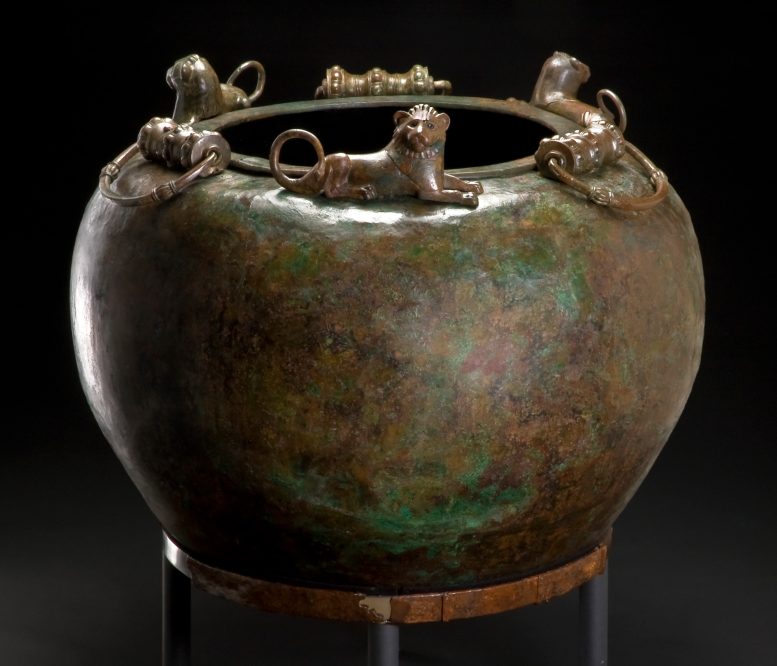
Two princes closely related
After establishing a genetic relationship between the two individuals, the team looked at all possible connections, such as brothers, half-siblings, grandfather and grandson, as well as uncle and nephew. “Based on the fairly precise death dates, estimates of age at death and the genetic similarity of the two princes, only one scenario comes into question as uncle and nephew, more precisely: the sister of the Hochdorf prince was the mother of the Asperg prince,” explains Stephan Schiffels from MPI-EVA.
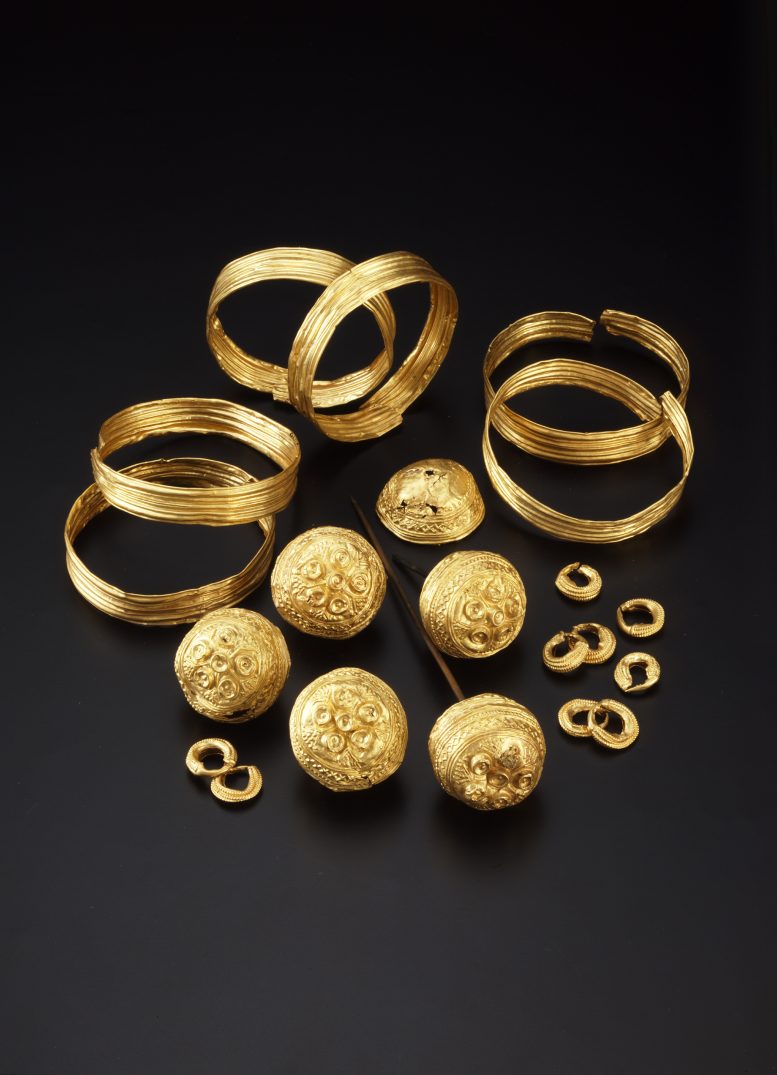
“This result shows that political power in this society was most likely inherited through biological succession, comparable to a dynasty,” says Joscha Gretzinger from MPI-EVA. This is also supported by evidence of relationships between other individuals from the two mounds, as well as from the much more distant Magdalenenberg mound, which was built about 100 years earlier. Gretzinger adds: “Overall, we seem to be dealing with a broad network among the Celts in Baden-Württemberg, in which political power was underpinned by biological kinship.”
But how were the Celts related to other inhabitants of Iron Age Europe beyond Baden-Württemberg? A detailed analysis of the genetic origins of this group reveals a genetic origin most likely to be found in present-day France, but which was widespread throughout southern Germany at the time. In addition, several individuals show a genetic origin from Italy, which also fits well with the objects found in the graves, many of which show Mediterranean styles.
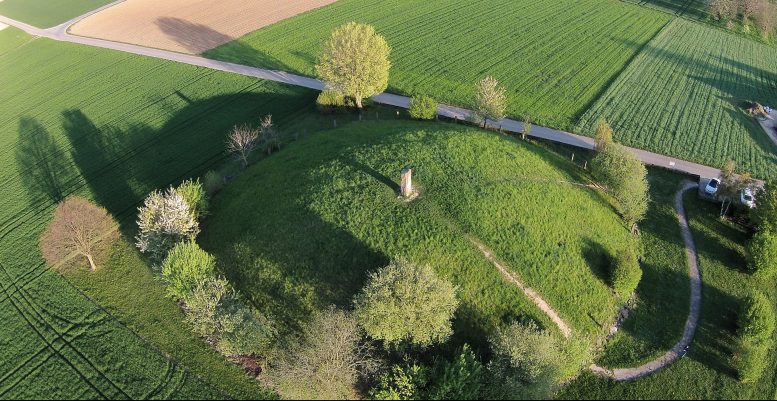
The study is therefore an important piece of the puzzle in our understanding of European history in the Middle and Late Iron Age, which, unlike the Roman and other Early Medieval periods, can hardly be researched from written sources.
Reference: “Evidence for dynastic succession among early Celtic elites in Central Europe” by Joscha Gretzinger, Felicitas Schmitt, Angela Mötsch, Selina Carlhoff, Thiseas Christos Lamnidis, Yilei Huang, Harald Ringbauer, Corina Knipper, Michael Francken, Franziska Mandt, Leif Hansen, Cäcilia Freund, Cosimo Posth, Hannes Rathmann, Katerina Harvati, Günther Wieland, Lena Granehäll, Frank Maixner, Albert Zink, Wolfram Schier, Dirk Krausse, Johannes Krause and Stephan Schiffels, 3 June 2024, Nature Human Behaviour.
DOI: 10.1038/s41562-024-01888-7